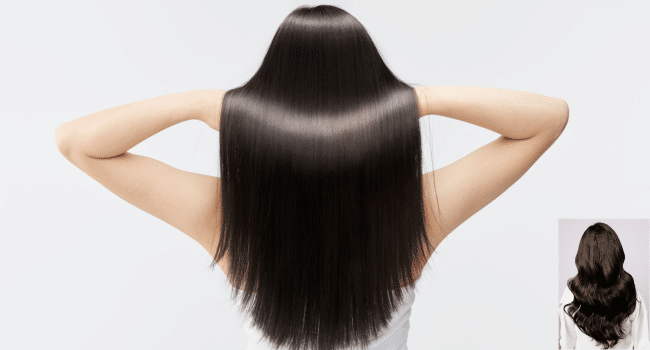Table of Contents
Introduction to Thinning Hair
Noticing your hair seems a little less full these days? It’s a common thing that can sneak up on anyone, and it’s okay to feel concerned about it. Thinning hair might show up as wider parts, more visible scalp, or just overall less density. Let’s ease into this topic and explore what could be behind it in a straightforward way.
Often, it starts subtly. Hormonal changes, like those during stress or life transitions, can disrupt the growth cycle. If you’re seeing diffuse thinning, it might be linked to diet or health tweaks needed. Early on, simple additions like hair toppers can help cover those sparse areas at the top, giving a natural-looking boost without much fuss.
Common Triggers Explained
Genetics are a big player here. If family members have experienced similar patterns, it could be hereditary alopecia, where follicles become sensitive to androgens over time. Women might notice it more post-menopause, while men see it earlier. Medical conditions add layers—autoimmune issues, scalp infections, or deficiencies in iron and vitamins can accelerate the process.
Lifestyle choices matter too. Overdoing heat styling, chemical processes, or tight hairstyles pulls on roots, leading to traction-related loss. Environmental factors, such as pollution or UV exposure, weaken strands gradually. Even medications for unrelated health concerns might contribute as a side effect.
Everyday Prevention Tips
Start with nurturing your scalp. Use mild shampoos and incorporate a weekly massage to improve blood flow—add jojoba oil for extra moisture. Protect from the elements with hats or serums that shield against damage. Balance your plate with nutrient-rich foods: think berries for antioxidants, eggs for protein, and greens for folate.
Hydration inside and out helps; drink water and use leave-in conditioners to keep hair resilient. Reduce stress through activities like walking or reading, as it prevents excessive shedding phases.
Effective Treatment Approaches
Consulting experts can open doors to solutions. Topical treatments like minoxidil promote regrowth by widening blood vessels. Oral options, under guidance, target hormonal causes. Emerging therapies, such as red light devices, stimulate follicles at home.
For aesthetic support, clip in hair extensions provide volume and length further down, seamlessly integrating to enhance your natural look while treatments take effect. They’re customizable and temporary, ideal for building confidence.
Building Emotional Resilience
It’s normal to feel impacted emotionally—hair ties into self-image. Connect with others via groups or chats for shared experiences. Experiment with styles: layers can add illusion of thickness, or accessories like clips bring fun.
Remember, progress takes time, but with consistent care, many see improvements. You’re more than your hair—embrace the journey!
